Lemurs: Madagascar’s Playful, Social, and Totally Unique Primates
Meet the Lemur
Madagascar, the world’s fourth-largest island, is home to one of nature’s most extraordinary lineups — the lemurs. Found nowhere else in the wild, these playful, social primates capture hearts with their big eyes, striped tails, and fascinating behaviors. With more than 100 species ranging from tiny, nocturnal mouse lemurs to the large, singing indri, lemurs showcase the incredible diversity of life that evolves in isolation.
In this post, we’ll explore their species, habitats, diet, family life, fun facts, and why they remain one of BearBunk’s favorites.
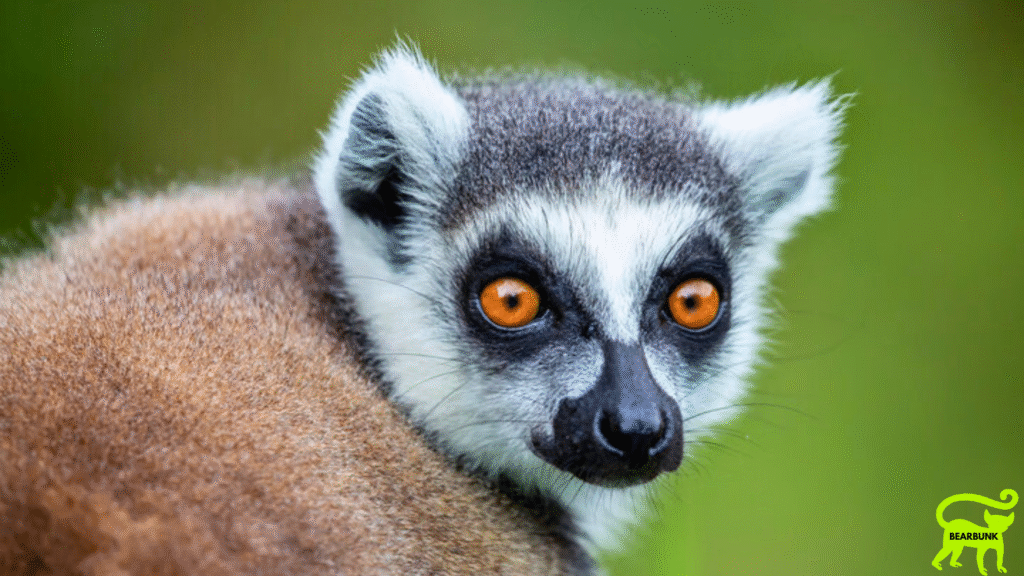
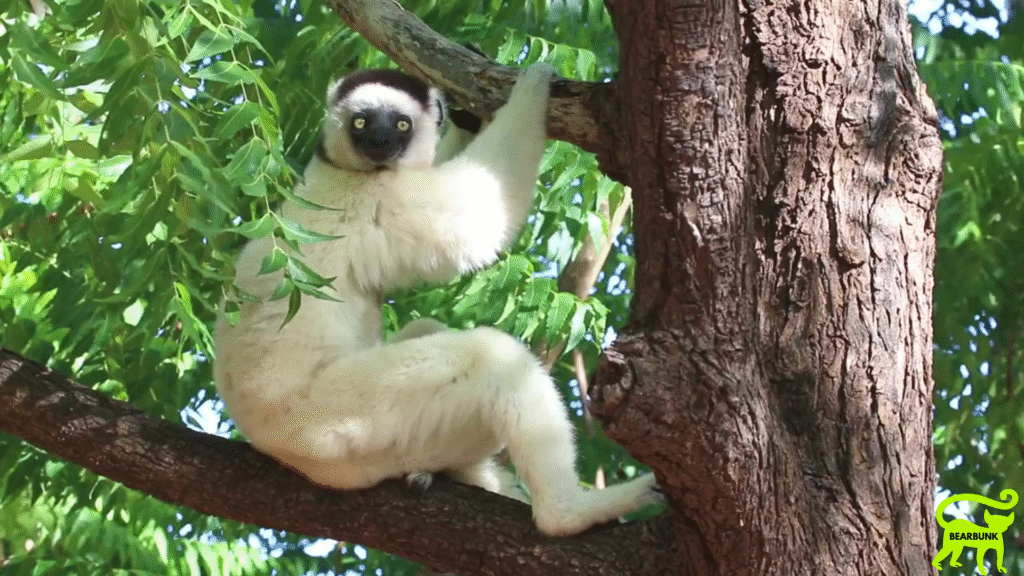
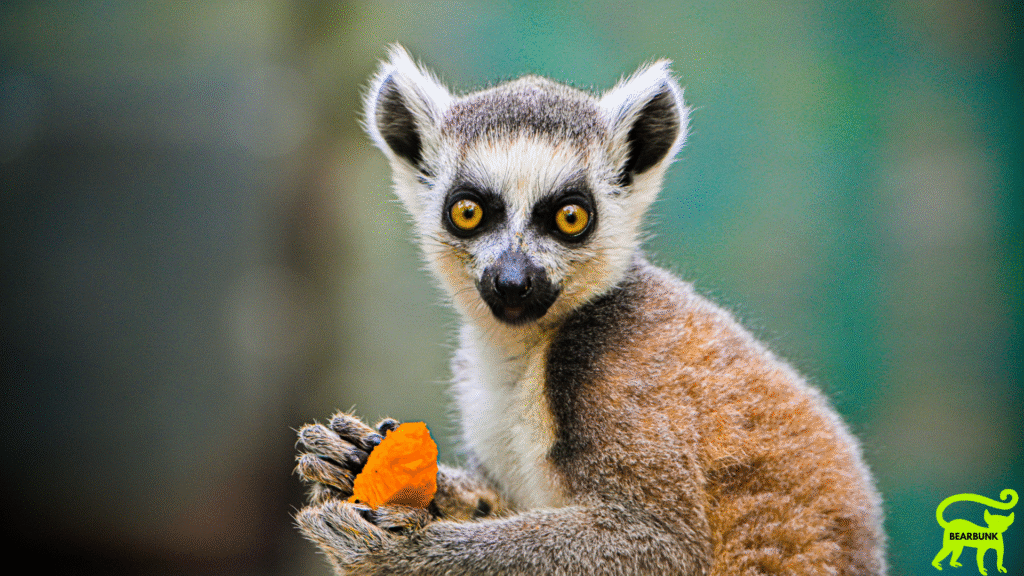
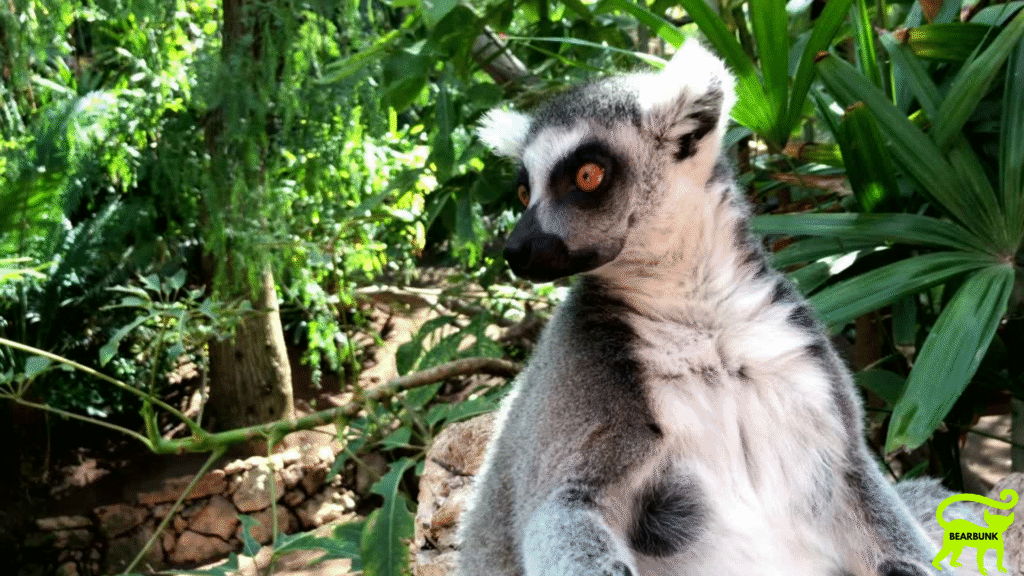
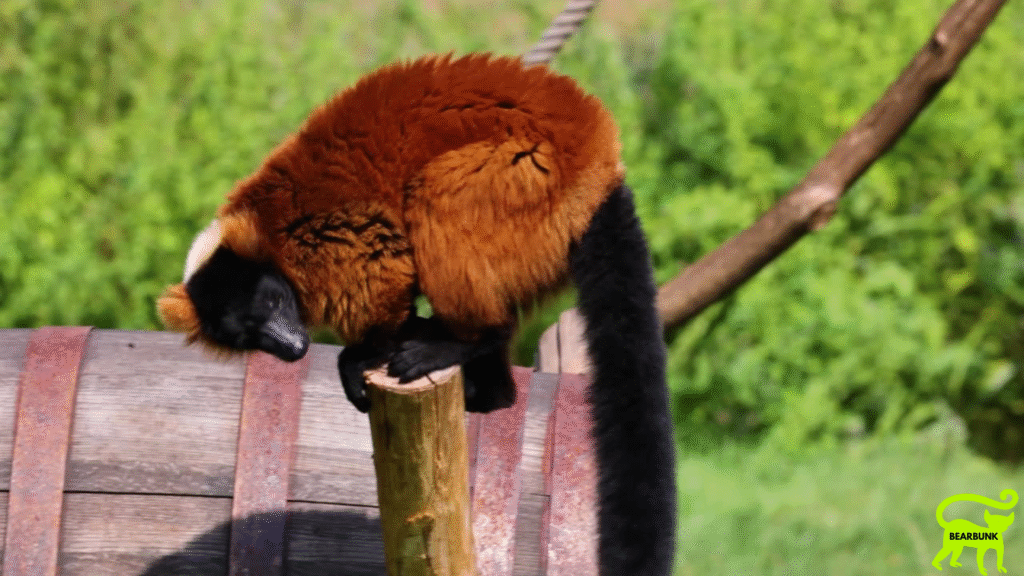
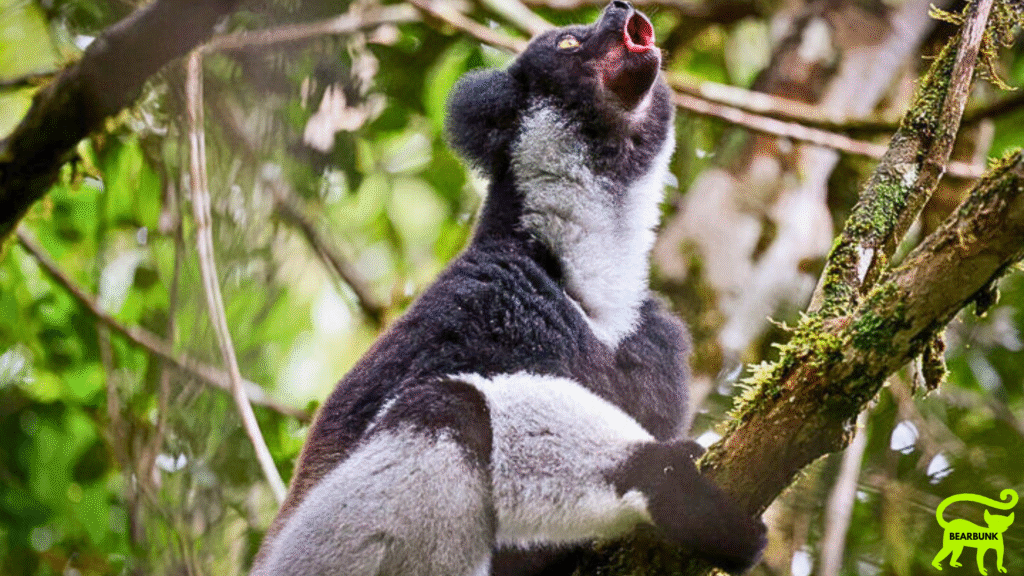
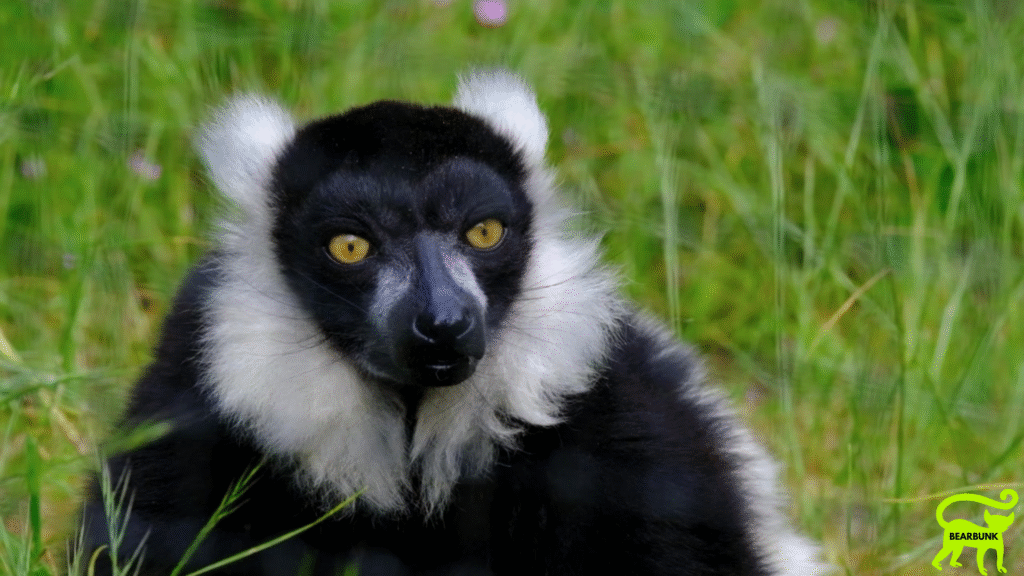
Species
Lemurs aren’t just one animal — they’re an entire superfamily of primates with incredible diversity. Over 100 species live across Madagascar, each adapted to different habitats and lifestyles. From the tiny, nocturnal mouse lemurs to the large, loud-voiced indri, lemurs come in all shapes, sizes, and personalities. Here are a few of the most fascinating examples:
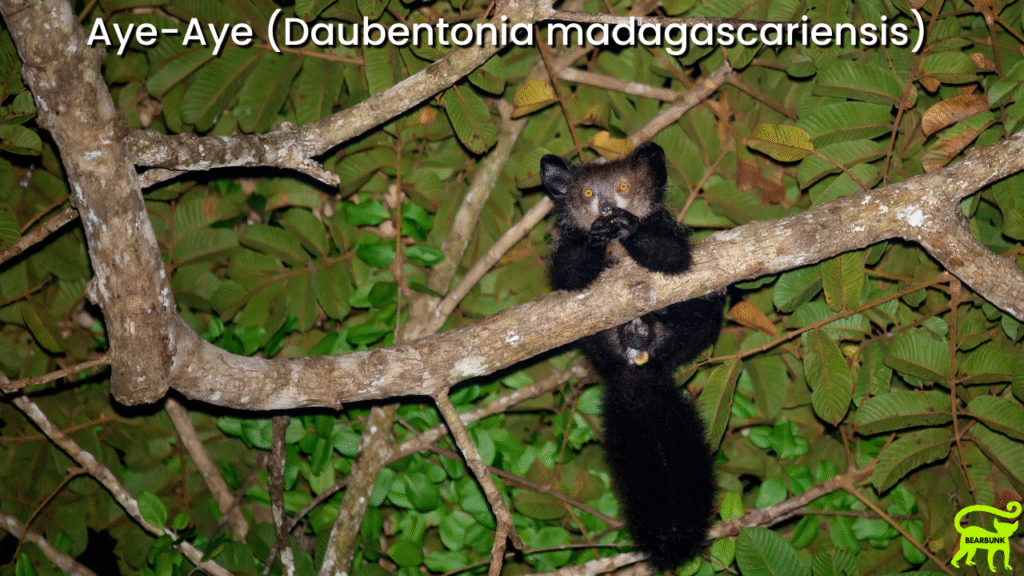
Aye-Aye (Daubentonia madagascariensis) — One of the strangest lemurs, with a long, thin middle finger used to tap on wood and extract insects. Once thought to be bad luck by locals, aye-ayes are now a conservation focus and a symbol of Madagascar’s uniqueness.
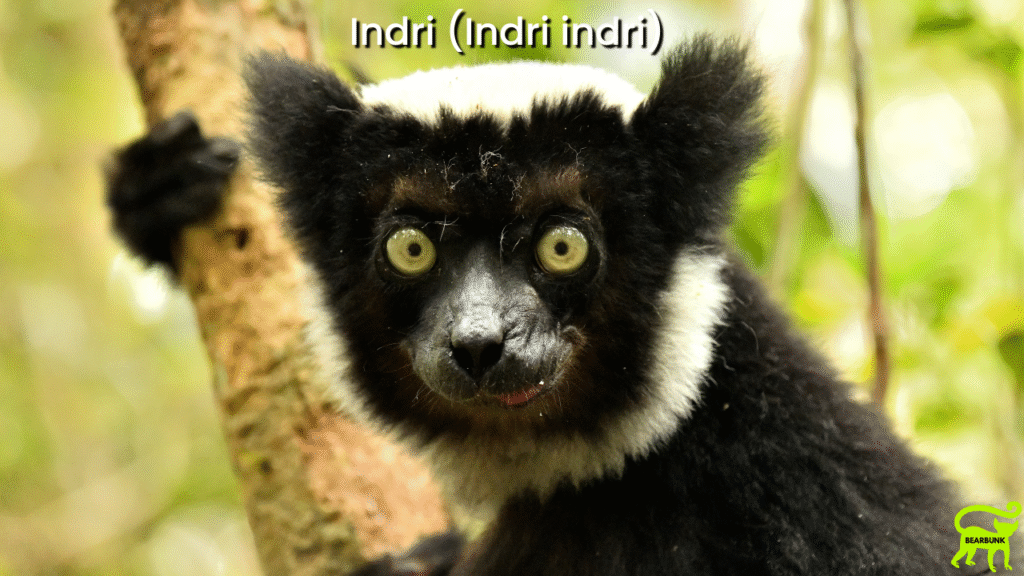
Indri (Indri indri) — The largest living lemur, standing up to 3 feet tall. Indri are known for their haunting, song-like calls that can be heard up to 2 miles away. Unlike most lemurs, indri have only a tiny tail and are critically endangered due to habitat loss.
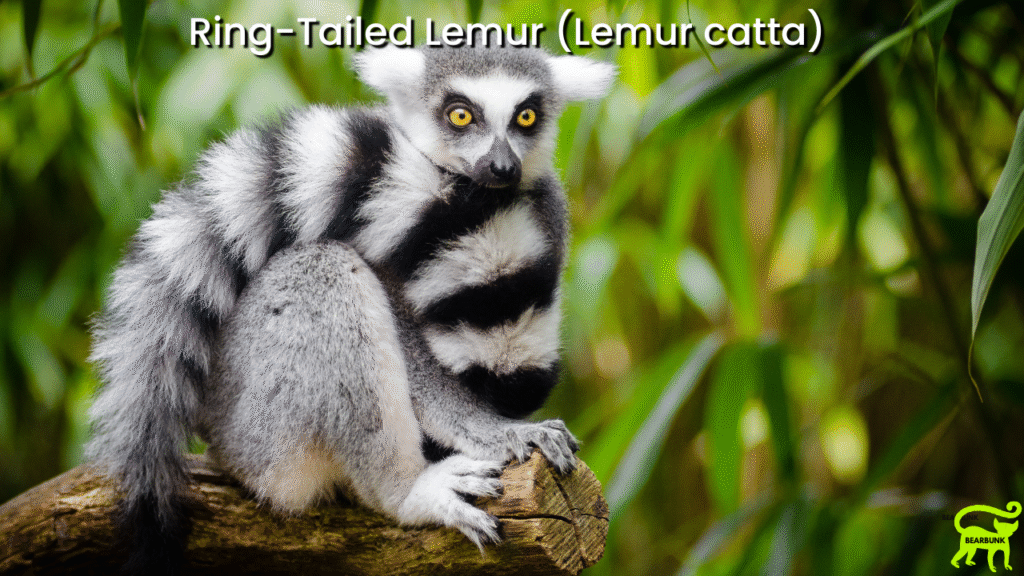
Ring-Tailed Lemur (Lemur catta) — Famous for its long black-and-white striped tail and sunbathing “yoga pose.” Ring-tailed lemurs are highly social, living in large matriarchal groups. They spend more time on the ground than most lemurs and are known for their unique “stink fights.”
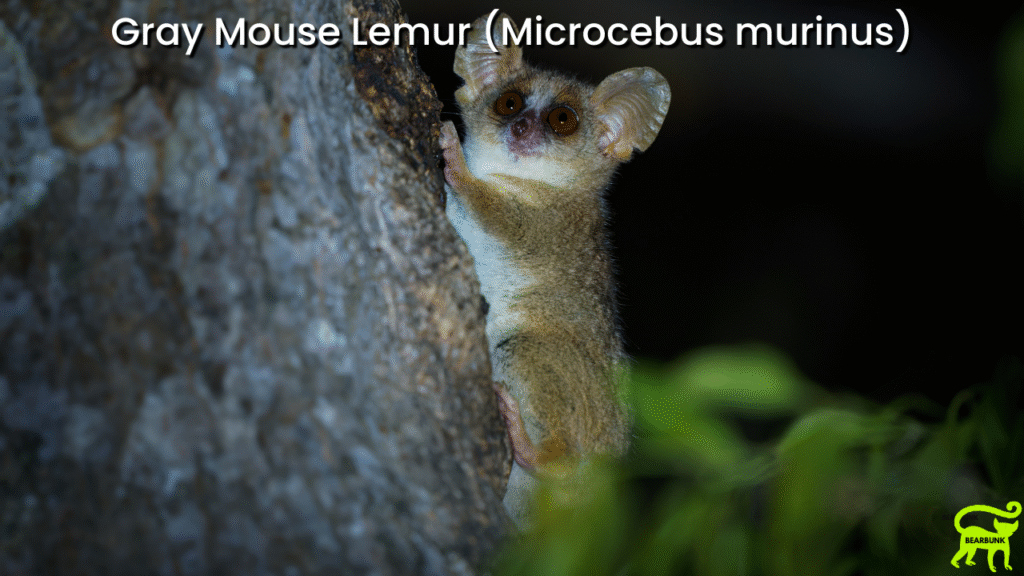
Gray Mouse Lemur (Microcebus murinus) — The smallest primate in the world, weighing just 1–3 ounces. Nocturnal and quick, they feed on fruit, insects, and nectar. Their large eyes help them see in the dark, and they can enter torpor (a hibernation-like state) during harsh conditions.
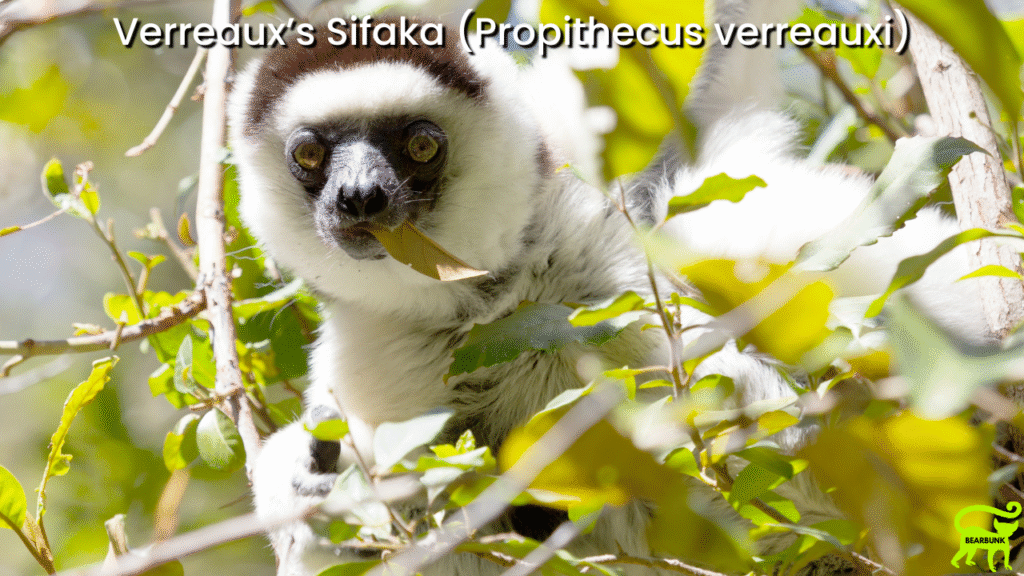
Verreaux’s Sifaka (Propithecus verreauxi) — Agile leapers that can bound 30 feet between trees. On the ground, they move with an odd but charming sideways “dance.” Sifakas are leaf-eaters and live in small family groups.
Lemur Species at a Glance
Lemur Species at a Glance
| Species | Scientific Name | Size / Weight | Lifespan | Unique Feature |
|---|
| Ring-Tailed Lemur | Lemur catta | 15–18 in (38–45 cm), 4.5–7.5 lbs (2–3.5 kg) | 16–19 years (wild), up to 25 years (captivity) | Black-and-white striped tail; matriarchal groups; stink fights |
| Indri | Indri indri | Up to 28–35 in (70–90 cm), 13–20 lbs (6–9 kg) | 15–20 years | Loud, haunting songs; tiny tail; critically endangered |
| Verreaux’s Sifaka | Propithecus verreauxi | 16–20 in (40–50 cm), 6–7 lbs (2.5–3.5 kg) | 18–20 years | Sideways “dancing” ground movement; leaps of 30+ feet |
| Gray Mouse Lemur | Microcebus murinus | 2.5–4.7 in (6–12 cm), 1–3 oz (30–90 g) | 6–8 years (wild), up to 15 years (captivity) | World’s smallest primate; nocturnal; enters torpor |
| Aye-Aye | Daubentonia madagascariensis | 14–17 in (36–43 cm) body, plus 22 in (55 cm) tail; 4–6 lbs (2–2.7 kg) | 20–23 years | Long, thin middle finger used to tap for insects |
Habitat
Lemurs thrive in nearly every type of Madagascar habitat:
🌿 Spiny Forests – Harsh southern landscapes with cactus-like plants, home to some of the rarest lemur species.
🌴 Rainforests – Dense, wet, and full of fruit trees, perfect for species like the indri.
🌵 Dry Deciduous Forests – Seasonal forests with long dry periods where ring-tailed lemurs thrive.
🌾 Grasslands and Savannahs – Open habitats where some lemurs adapt to mixed diets and foraging.
Diet
Most lemurs are herbivores or omnivores, eating:
- Fruits, leaves, and flowers
- Nectar and sap
- Insects (especially for smaller species like mouse lemurs)
💡 Unlike many primates, lemurs get much of their water directly from fruit, meaning they can survive even in drier areas of Madagascar.
Share On Social:
Mating & Raising Young
Lemurs typically breed once a year, often in the spring.
Females are the leaders — lemur groups are matriarchal, meaning the females dominate the males.
Mothers carry their babies on their bellies, and as the infants grow, they ride on mom’s back or cling to her tail.
Depending on the species, babies may nurse for several months and stay close to mom until they can forage and leap independently.
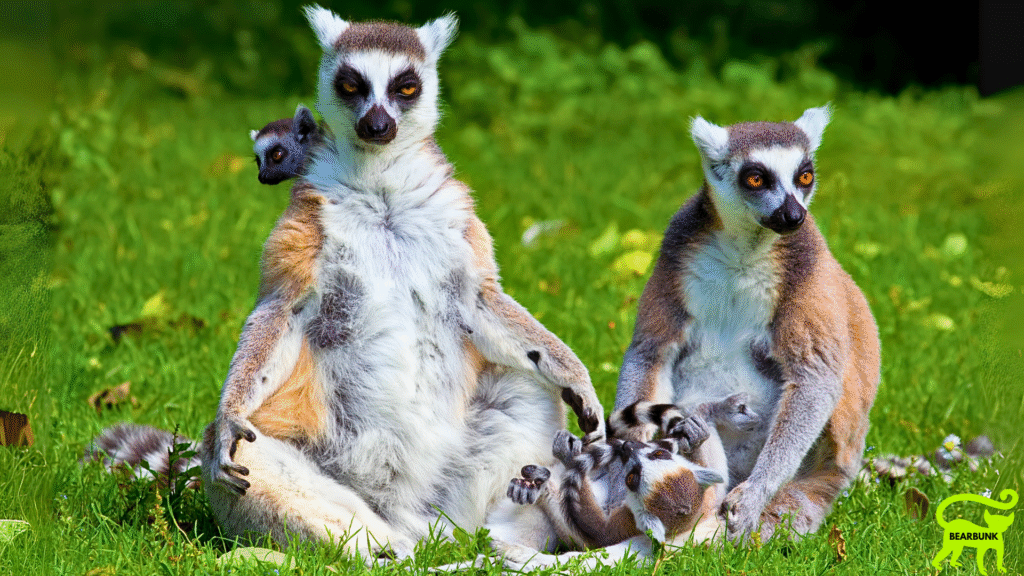
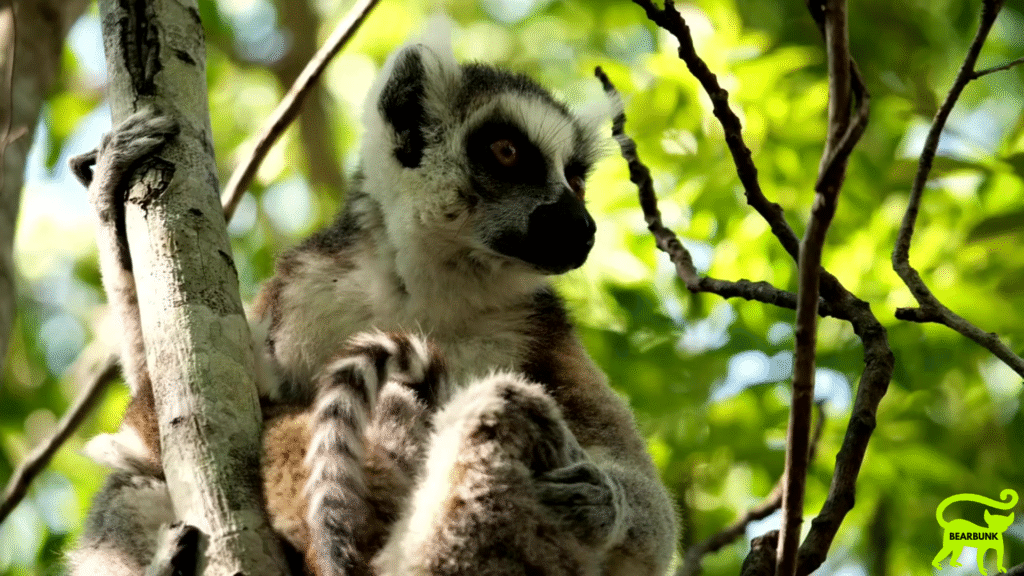
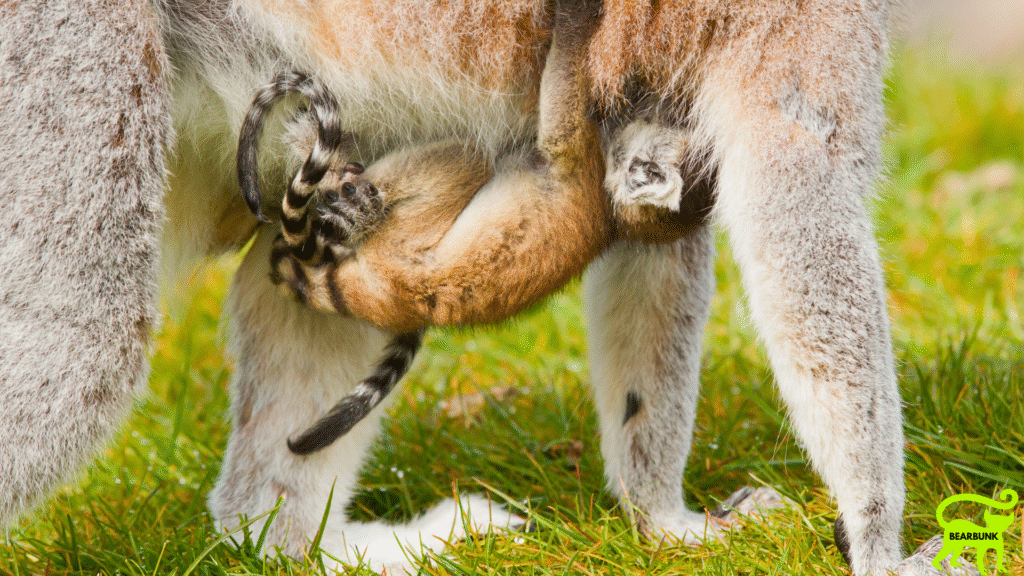
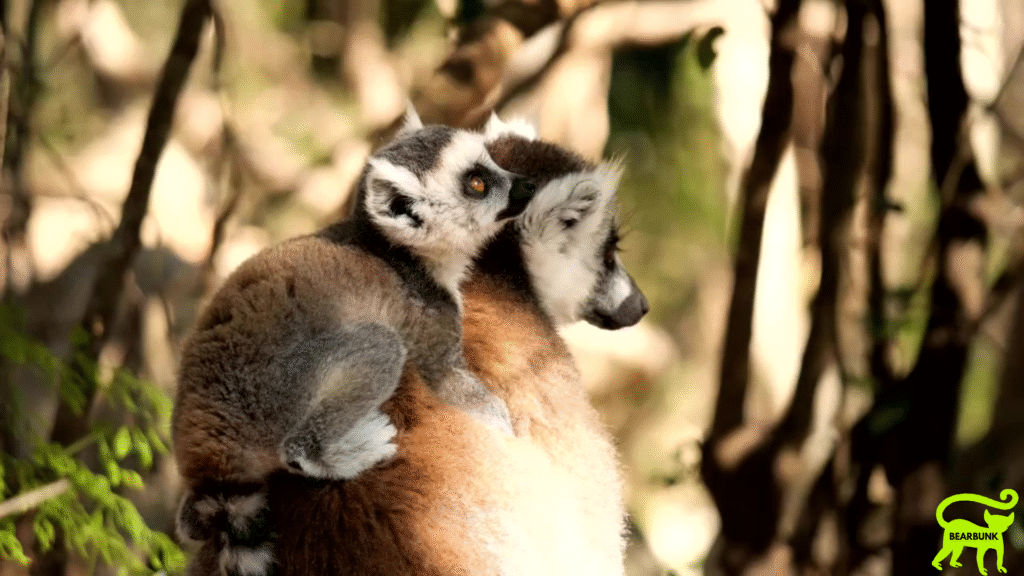
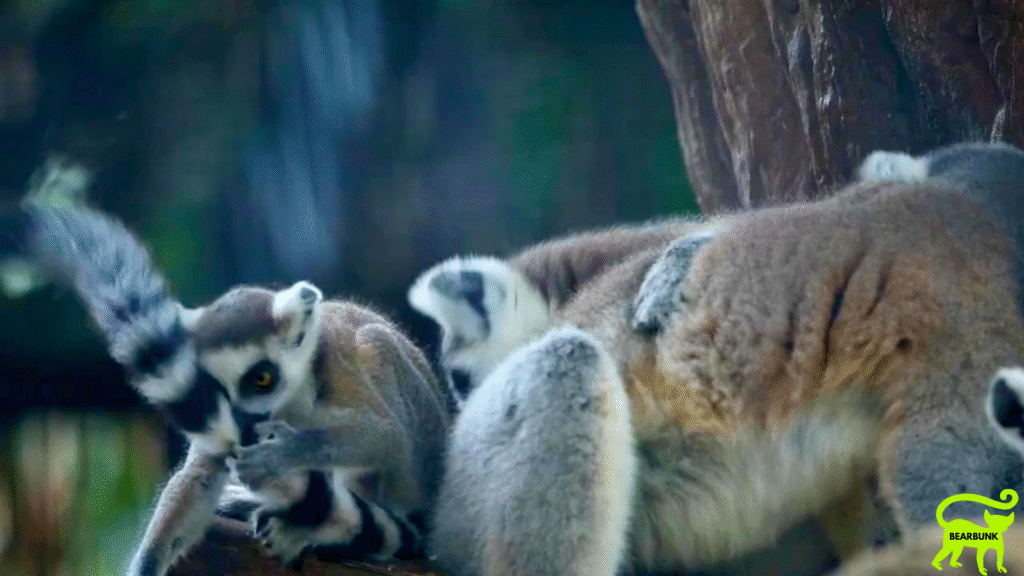
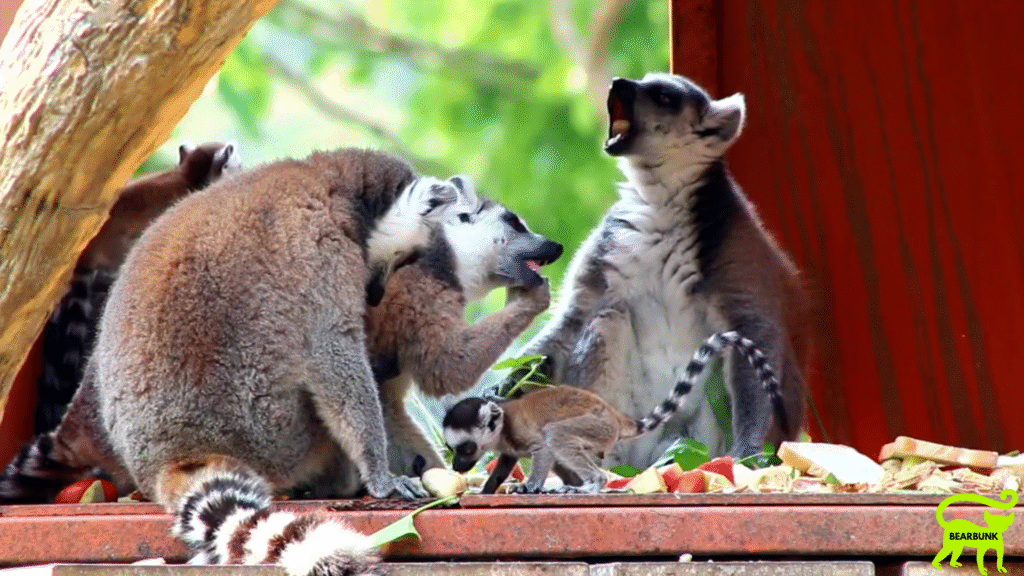
Fun Facts
- 🦨 Stink Fights: Ring-tailed lemurs rub their tails with scent glands, then wave them at rivals to show dominance.
- 🚀 Incredible Leaps: Sifakas can leap the length of a bus, moving gracefully from tree to tree.
- 🎶 Haunting Songs: Indri lemurs produce loud calls that sound like a mix between whale songs and eerie sirens.
- 🌙 Tiny Night Owls: Mouse lemurs are nocturnal and among the smallest primates on Earth.
- 👑 Queens Rule: Unlike most primates, female lemurs are the leaders of their groups.
About Lemurs
Scientific Family: Lemuridae (and related families within the superfamily Lemuroidea)
Number of Species: 100+ species, ranging from tiny mouse lemurs to the large indri
Habitat: Rainforests, dry forests, spiny forests, and grasslands of Madagascar
Diet: Omnivore — fruits, leaves, flowers, nectar, sap, and insects (species-dependent)
Lifespan: 6–8 years (mouse lemurs) to 20+ years (larger species, especially in human care)
Unique Traits: Found only in Madagascar, female-led (matriarchal) groups, stink fights, acrobatic leaps, haunting vocal calls, torpor in smaller species
Social Structure: Ranges from solitary (mouse lemurs) to large social groups (ring-tailed lemurs) led by dominant females
Fun Fact: Sifakas can leap more than 30 feet in a single bound — about the length of a school bus!
Why We Love Them
At BearBunk, lemurs remind us how playful, curious, and surprising nature can be. Their matriarchal societies challenge expectations, their leaps defy physics, and their wide variety of species highlight the power of adaptation. Whether it’s a ring-tailed lemur basking in the sun or a sifaka bounding like a dancer through the trees, these primates are impossible not to love.
Conclusion
Lemurs are a treasure of Madagascar — a living example of evolution’s creativity. With over 100 species spread across every type of habitat on the island, they are as diverse as they are delightful. From stink fights to acrobatic leaps, they’re playful, social, and totally unique.
💚 By learning about and appreciating lemurs, we can help raise awareness for their conservation — and celebrate the wonders of Madagascar’s wildlife.
🦎💚 Stay curious — and keep exploring more amazing animals right here at BearBunk
Did you learn something new? Share this post to your favorite board or group and help others fall in love with the wild world of reptiles.
Watch the Video on YouTube:
Meet the Lemur Madagascar’s Playful and Unique Primate – YouTube
Learn more about:
Mammals, Primates, Rainforest, Wildlife Wonders, and African Wildlife
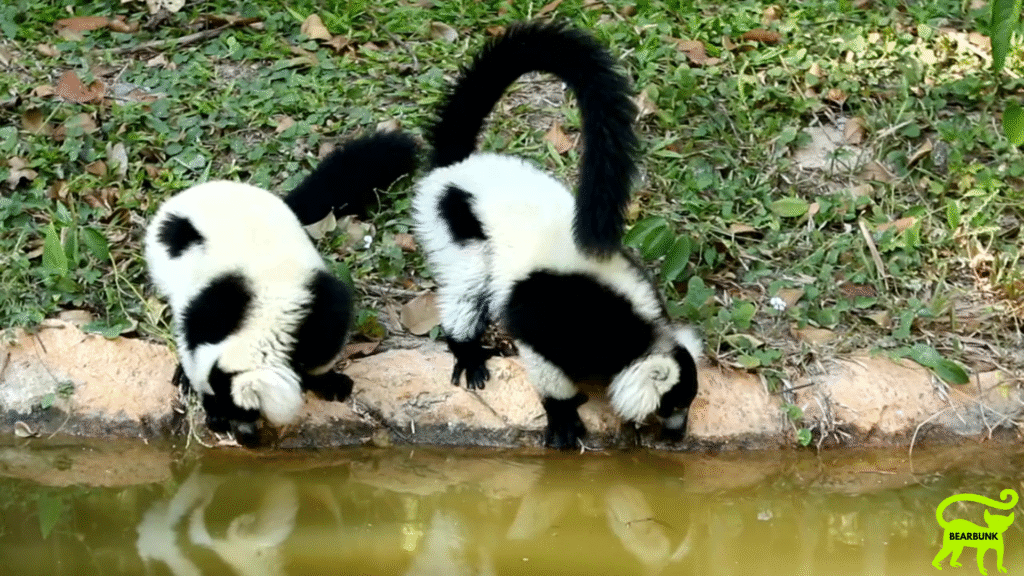
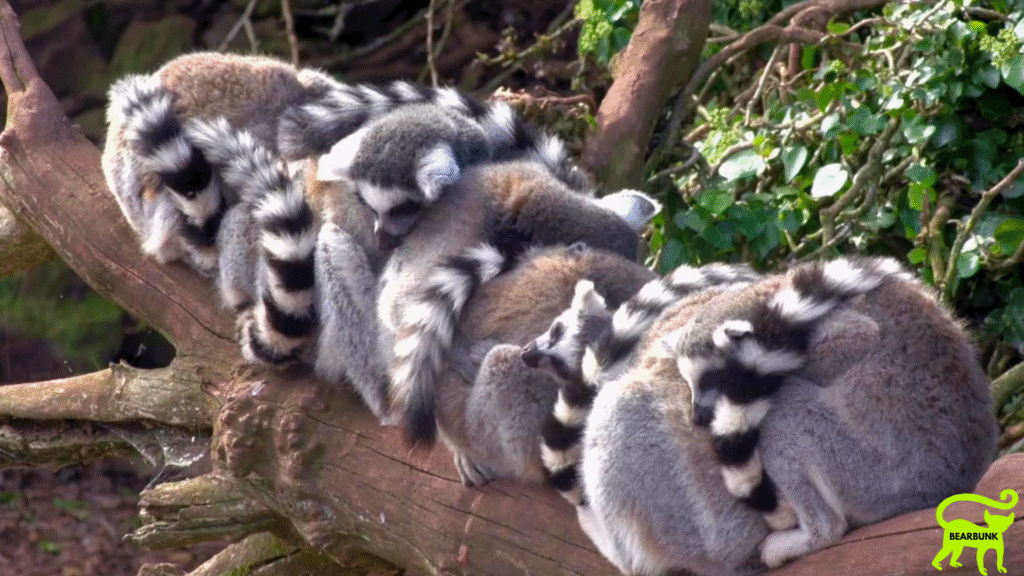
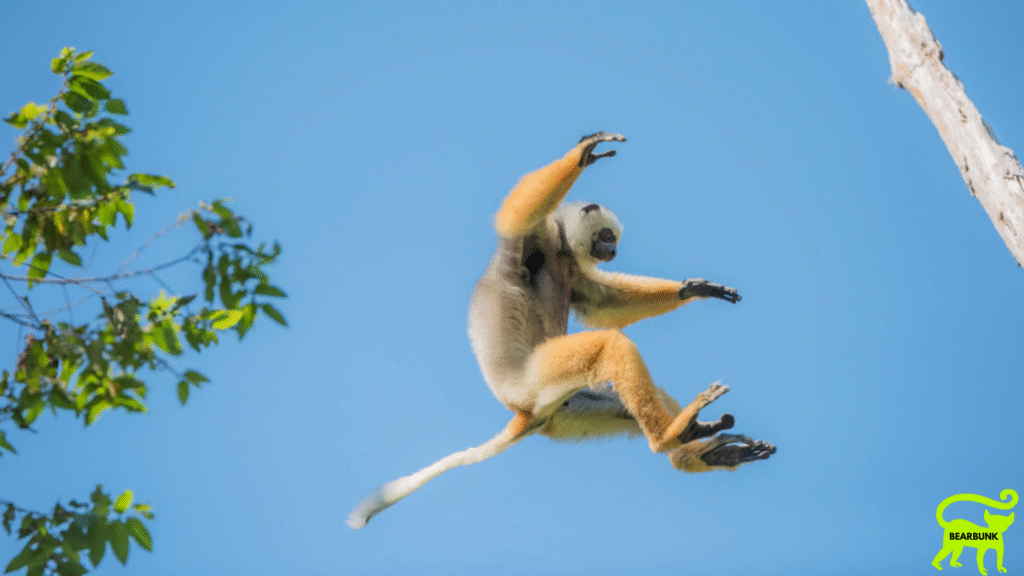
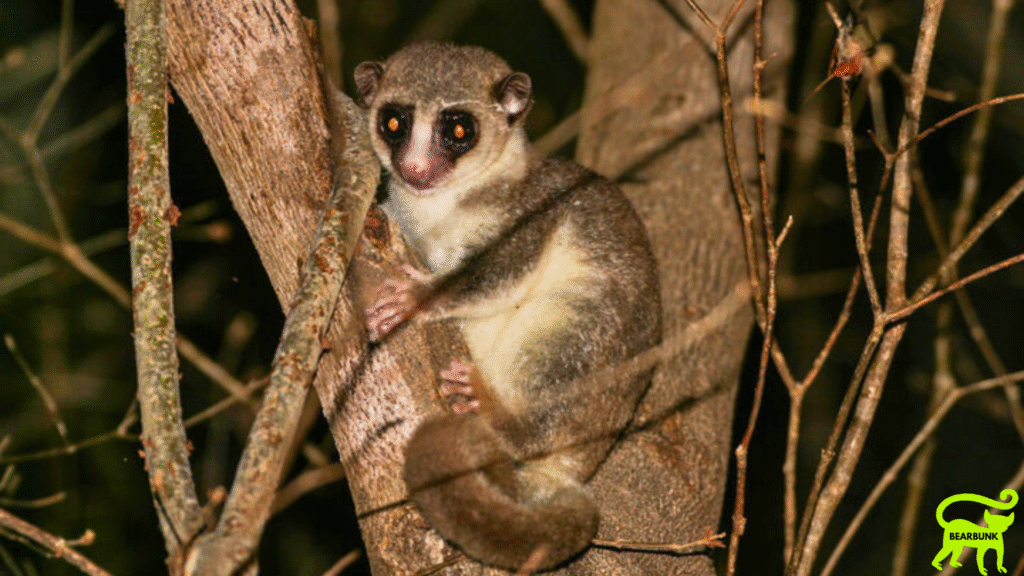
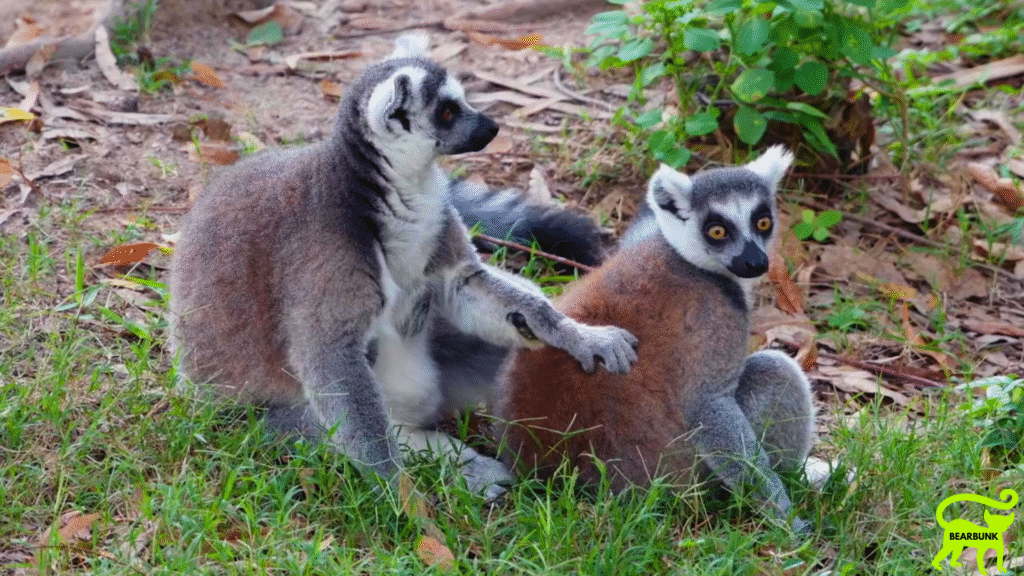
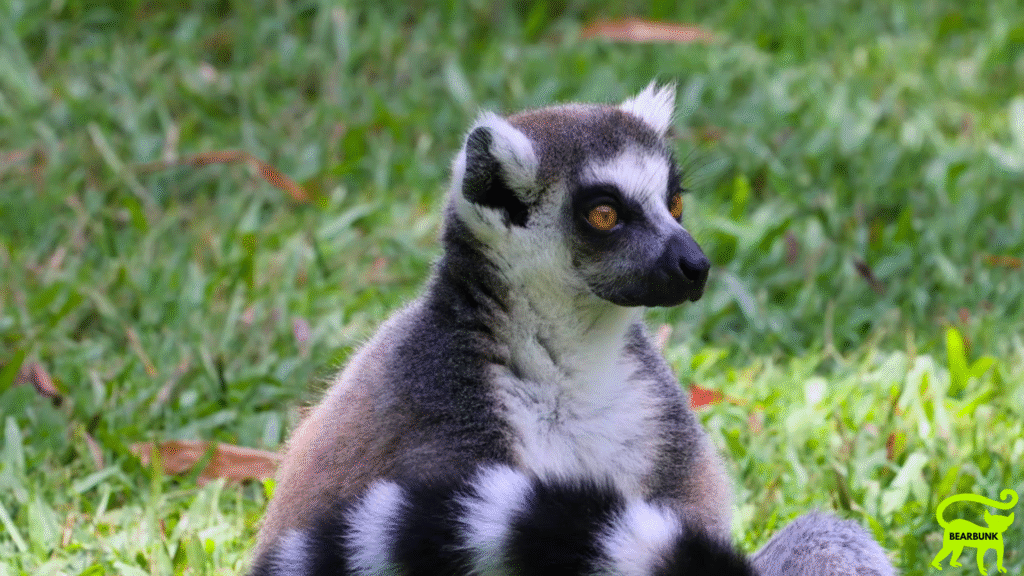
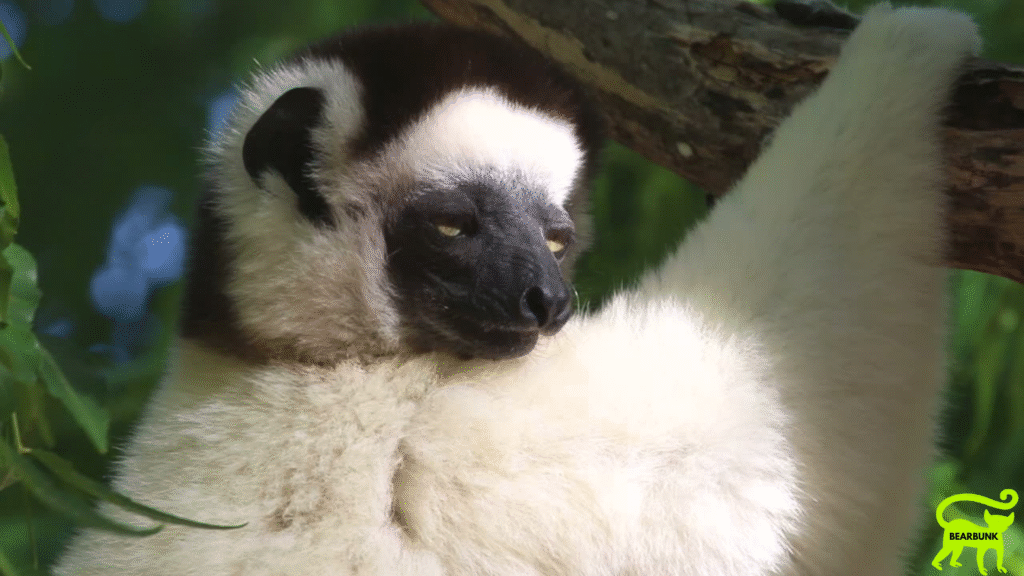

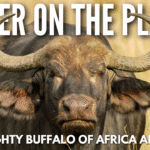




Leave a Reply